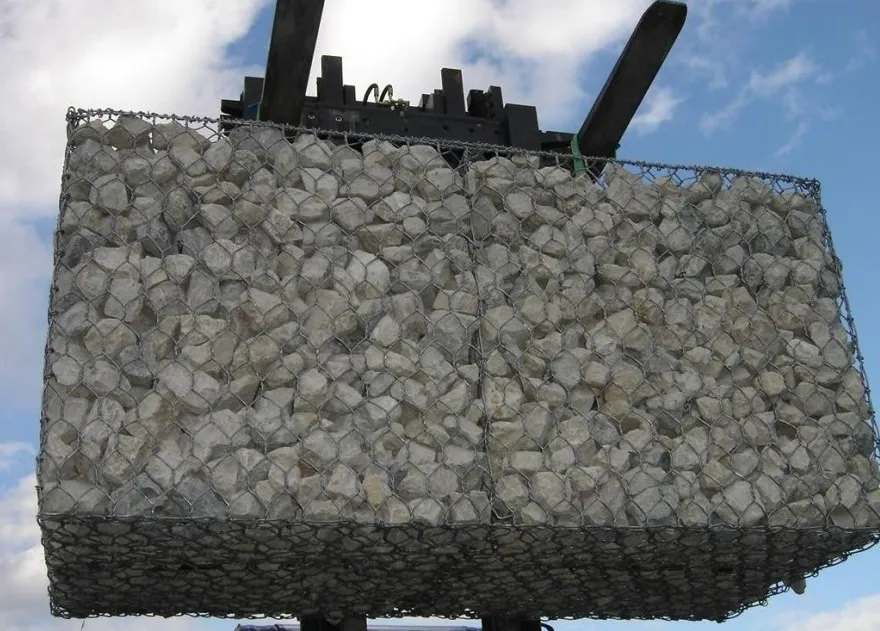-
 Phone:
Phone: -
 Email:
Email:

rockslide prevention through effective netting solutions for enhanced safety and stability
Rock Fall Netting Protecting Lives and Landscapes
Rock falls are a serious natural hazard that can endanger lives and disrupt infrastructure, particularly in mountainous and hilly regions. The presence of unstable rock can lead to dangerous situations, including landslides that threaten roads, buildings, and recreational areas. As a response to these hazards, rock fall netting has emerged as an effective solution for mitigating the risks associated with falling debris.
Rock fall netting is a specialized system designed to catch falling rocks before they reach the ground. These netting systems can be installed on slopes, cliffs, and other locations where rocks are prone to dislodging. Typically constructed from high-tensile steel wire, the nets are engineered to withstand significant impacts, providing a robust barrier against falling debris. The installation process often involves anchoring the netting to the ground and surrounding rock faces, creating a secure containment structure.
One of the primary benefits of rock fall netting is safety
. By intercepting rocks before they can reach populated areas or vital infrastructure, these nets play a critical role in protecting both human lives and property. This not only reduces the risk of accidents but also minimizes potential economic losses caused by damage to roads, buildings, and other assets.rock fall netting

Environmental considerations are also crucial when discussing rock fall netting. These systems can be designed to blend into the natural landscape, reducing visual impact and preserving the beauty of the environment. Additionally, they help stabilize slopes, which can contribute to the health of ecosystems by preventing excessive erosion and protecting local flora and fauna.
Furthermore, rock fall netting systems are relatively low-maintenance compared to other forms of slope stabilization, such as retaining walls or earth embankments. With proper installation and regular inspections, they can remain effective for many years, providing long-term protection with minimal ongoing costs.
In summary, rock fall netting serves as an essential tool in the ongoing effort to safeguard communities and structures from the natural dangers posed by rock falls. As more regions confront the challenges posed by unstable rock formations, the adoption of these protective systems is likely to increase. By combining engineering innovation with environmental awareness, rock fall netting not only enhances safety but also contributes to the preservation of our natural landscapes, ensuring that both people and nature can coexist more peacefully.
-
Wire Mesh for Every Need: A Practical SolutionNewsJul.25,2025
-
Steel Fences: Durable, Secure, and Stylish OptionsNewsJul.25,2025
-
Roll Top Fencing: A Smart Solution for Safety and SecurityNewsJul.25,2025
-
Cattle Farm Fencing Solutions for Maximum SecurityNewsJul.25,2025
-
Affordable Iron Binding Wire SolutionsNewsJul.25,2025
-
Affordable Galvanized Wire SolutionsNewsJul.25,2025
-
Wire Hanger Recycling IdeasNewsJul.25,2025








